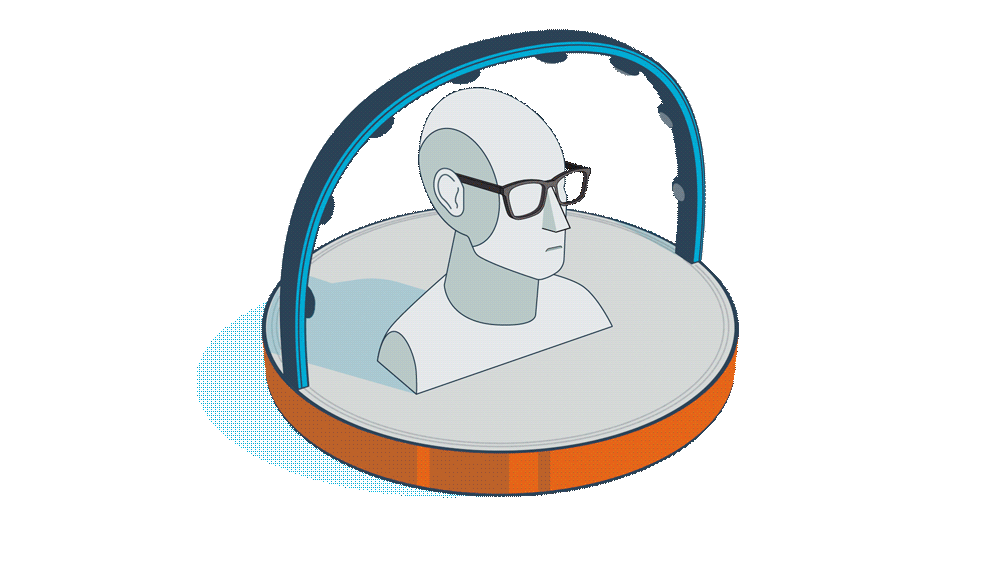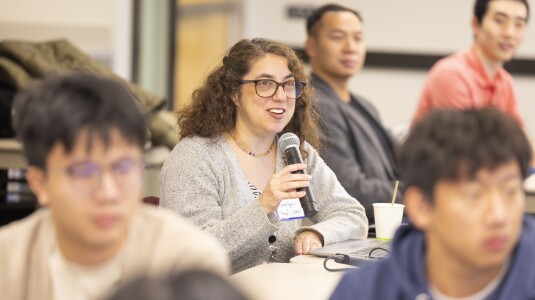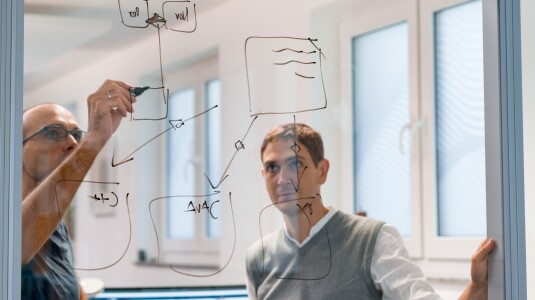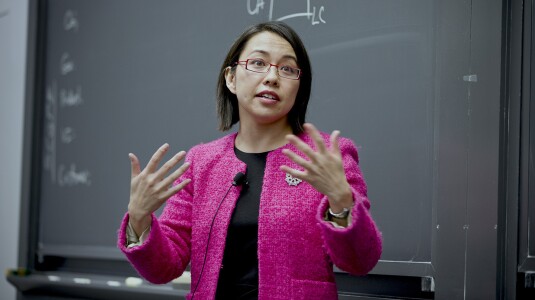Customer-obsessed science


Research areas
-
December 10, 20255 min readNew audio-processing technology is making entertainment more accessible for millions of viewers.
-
December 8, 20258 min read
-
December 5, 20256 min read
-
-
Featured news
-
Amazon Technical Reports2024We present Amazon Nova, a new generation of state-of-the-art foundation models that deliver frontier intelligence and industry-leading price performance. Amazon Nova Pro is a highly capable multimodal model with the best combination of accuracy, speed, and cost for a wide range of tasks. Amazon Nova Lite is a low-cost multimodal model that is lightning fast for processing images, video, documents and text
-
IEEE Big Data 20242024Getting large language models (LLMs) to perform well on the downstream tasks requires pre-training over trillions of tokens. This typically demands a large number of powerful computational devices in addition to a stable distributed training framework to accelerate the training. The growing number of applications leveraging AI/ML led to a scarcity of the expensive conventional accelerators (such as GPUs
-
Environmental Research: Infrastructure and Sustainability2024Battery electric trucks (BETs) are the most promising option for fast and large-scale CO2 emission reduction in road freight transport. Yet, the limited range and longer charging times compared to diesel trucks make long-haul BET applications challenging, so a comprehensive fast charging network for BETs is required. However, little is known about optimal truck charging locations for long-haul trucking
-
2024We describe a family of architectures to support transductive inference by allowing memory to grow to a finite but a-priori unknown bound while making efficient use of finite resources for inference. Current architectures use such resources to represent data either eidetically over a finite span (“context” in Transformers), or fading over an infinite span (in State Space Models, or SSMs). Recent hybrid
-
Transactions of Machine Learning Research2024We introduce Chronos, a simple yet effective framework for pretrained probabilistic time series models. Chronos tokenizes time series values using scaling and quantization into a fixed vocabulary and trains existing transformer-based language model architectures on these tokenized time series via the cross-entropy loss. We pretrained Chronos models based on the T5 family (ranging from 20M to 710M parameters
Collaborations
View allWhether you're a faculty member or student, there are number of ways you can engage with Amazon.
View all












































